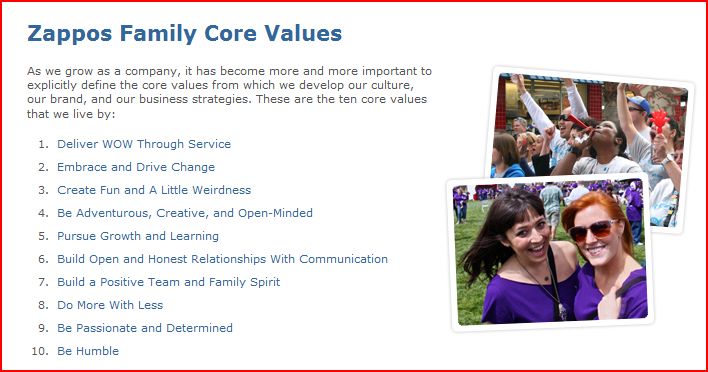Erica Moss is the author of this post and is the community manager for Georgetown University’s online masters in nursing program, offering one of the nation’s leading nurse educator programs. She enjoys blogging, TV, pop culture and tweeting @ericajmoss
 Businesses that count on their website to attract customers rise and fall on the strength of their Google ranking. Google’s recent updates to its search algorithms, the so-called Panda and Penguin changes, have had a measurable impact on the ranking of thousands of websites. Whether you have a business website or are thinking of starting one, you need to factor in the “Google Zoo” when developing your online strategy.
Businesses that count on their website to attract customers rise and fall on the strength of their Google ranking. Google’s recent updates to its search algorithms, the so-called Panda and Penguin changes, have had a measurable impact on the ranking of thousands of websites. Whether you have a business website or are thinking of starting one, you need to factor in the “Google Zoo” when developing your online strategy.
According to SEOmoz, Google developers tweak their search algorithms about 500 times per year in order to thwart spammers and ensure the quality of their search results. Most of the Google search engine changes are small, but a couple of recent updates sent traffic levels for some legitimate websites into a nosedive. No one who wants to grow their business with an online presence can afford to ignore the so-called Panda and Penguin changes. Here’s what you should know:
Panda
Released in February 2011, the Panda change penalized websites with poorly written or duplicate content. It lowered the ranking of spammy websites with high ad-to-content ratios and gave higher ranking to sites with unique, relevant and high-quality content.
Penguin
Rolled out in April 2012, this change tightened the Google search algorithm’s ability to filter out web spam techniques, like content spinning, keyword stuffing and unnatural linking. Many sites that went overboard in their use of keywords were hit by the Penguin change.
In the months following the Panda and Penguin changes, SEO experts have determined the new best practices for search engine ranking. Google also provides advice and support in the form of its Search Engine Optimization Starter Guide (available on the Google Webmaster Tools page). A few pointers include:
- Add compelling and useful content to your website in the form of articles, blog posts, forums, social media services and other means. Remove content that’s too generic or duplicated too often elsewhere.
- Attract repeat visitors with fresh, easy-to-read content that’s free from spelling and grammatical errors. Make sure your site is well organized so visitors can quickly navigate to the information they need.
- Incorporate keywords naturally into your content. They should not interrupt the flow of your website’s content or appear to be inserted after the content was written.
- Avoid unnatural anchor text. The text should tell the user something about the external page that’s being linked to from your website.
- Watch your ad-to-content ratio. First and foremost, provide your visitors with relevant content instead of hitting them over the head with advertising.
Other Considerations
In addition to considering Panda and Penguin when constructing and updating a website, it’s important to pay attention to how a website is promoted. Organic links that occur naturally when people discover your content and link to it are the best. This takes time, and Google understands that businesses need website promotion to speed up discovery of their content. Blog posts, press releases, newsletters and RSS feeds are Google-approved promotion techniques. Social media sites like Facebook and Twitter can also be used for promotion, provided the social updates aren’t too frequent. Marketing through article directories like Ezinearticles, Squidoo and HubPages, once a successful strategy for improving search engine ranking, now can hurt more than help a website.




